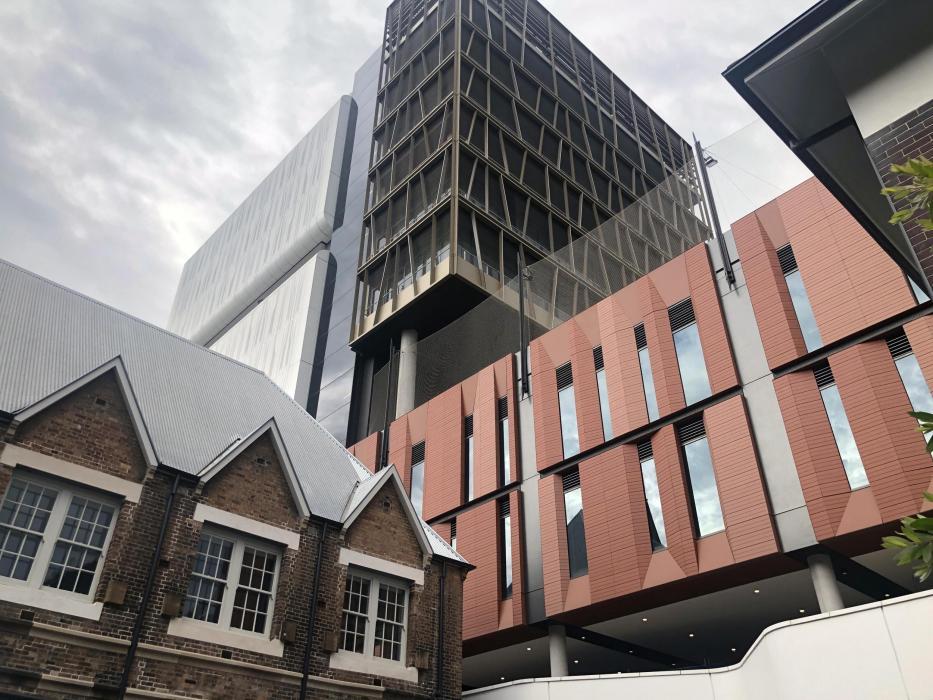Lessons in sustainability for schools

Northrop considers taking steps towards a sustainable future to be an imperative and core organisational priority. As a business we are committed to ensuring that every project we undertake will be designed to achieve carbon neutrality and be climate resilient, and to underline this commitment, we’re a signatory to Engineers Declare.
Sustainability in schools is about far more than being carbon neutral. Getting this right can provide learning opportunities to embed sustainability in the hearts and minds of students – as well as deliver positive outcomes.
“We want to help set students up successfully for their future life and have the best possible start,” says Ian Van Eerden, Northrop Principal, Sustainability Group Manager and Senior Sustainability Consultant.
A new approach for learning
Northrop has been involved in several new and existing school projects integrating sustainability and applying engineering designs for modern learning – for example – collaborative spaces and energy use.
Solar panels on roofs are an obvious addition given the volume of energy schools use, however creating environments that optimise natural light and airflow minimise the need for artificial lighting and air-conditioning while reducing the environmental impact.
“By using adaptive thermal comfort, we can create tranquil spaces for the vast majority of the year,” says Giuseppe Lauriola, Sustainability Consultant at Northrop.
“We’ve demonstrated that about 80 per cent of the time, students will be entirely comfortable in those spaces – the remainder occurs early morning in the winter months, or during the summer holidays when the building is unoccupied.”
Operable windows and fans are important too – fresh air reduces the CO2 build up in these indoor environments.
Ready for today – and tomorrow
The resilience of the building is critically important – the structures must be able to withstand current environmental impacts, and be as future proof as possible, so factoring those considerations into the project is fundamental.
Ian, Giuseppe and the team at Northrop have worked closely with School Infrastructure NSW (SINSW) to enable the early goals and outcomes to be set that can then influence the broad approach to sustainability across a number of sites, ensuring schools meets a minimum requirement set out in the Educational Facilities Standards and Guidelines – which change with some regularity.
Among several recent school projects, the team has worked on the upgrade of a heritage-listed school on Sydney’s Cleveland Street to create Inner Sydney High School.
During this project, students were on-site for much of the construction of the project’s tower, and a key component was ensuring their safety and the correct sustainability measures applied to the existing and new parts of the building.
“Ideally a uniform solution is created but sometimes it's more difficult than others,” says Ian.
“We installed air-conditioning in certain areas, but if the project allowed, we dropped back to air heat exchangers so, rather than conditioning the space, we tempered the air which allowed us to create comfortable spaces with minimal energy use.”
The team were able to solve several issues around the indoor environment, acoustics, and air supply for the heritage component of the school.
Ultimately, getting school construction or renovation right is critically important for today and for tomorrow – and can have a lasting impact on students as well as the wider community.


